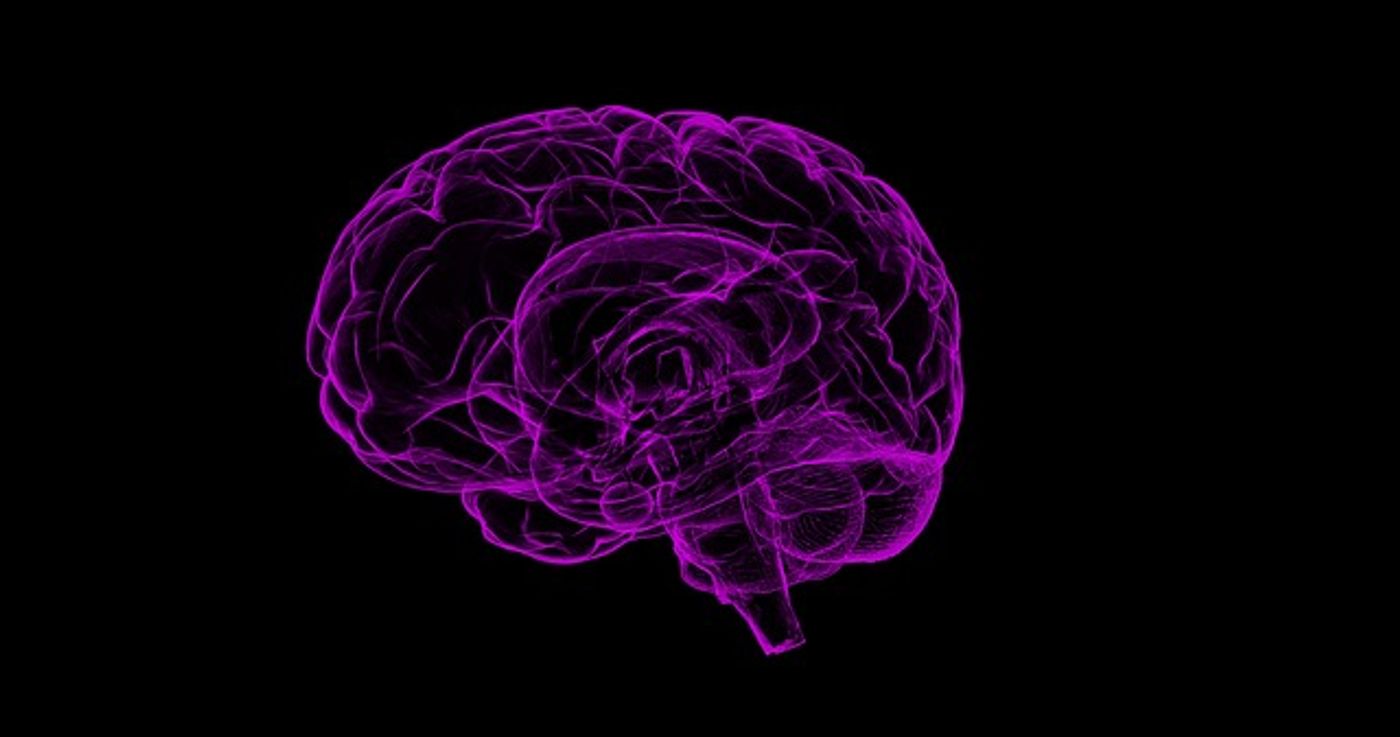Can an Eye Scan Help with Early Detection of Alzheimer's Disease?
According to Alzheimer's Association, one in nine people over 65 are currently living with Alzheimer's disease (AD). The condition impacts over six million Americans, and sadly, due to the rapid expansion of diagnoses, experts expect this figure to more than double over the next thirty years. Last year, treatment related to dementia care cost approximately $355 billion, and costs are expected to surpass $1.1 trillion by 2050.
Early AD diagnosis is essential for optimal disease management, therapy, and patient care. However, methods to differentiate pathological changes from normal aging remain limited. As AD is typically diagnosed at an advanced stage when symptoms arise, investigational therapeutic approaches have failed. Thus, investigators have focused their research on improving diagnostics to identify AD at the preclinical stage, where treatment may be feasible.
Prior studies suggest that the retina, tissue in the back of the eye that recognizes light and transmits images to the brain, could serve as a biomarker for AD due to its proximity to the brain. Doctors can image the retina with a non-invasive procedure called optical coherence tomography (OCT). Recent studies have demonstrated a correlation between AD and thinness in two components of the retina: the retinal nerve fiber layer (RNFL) and ganglion cell layer (GCL). However, research on RNFL/GCL thinning and AD remain inconsistent.
A study recently published in JAMA Opthamology examined whether RNFL and GCL thinning correlate to cognitive impairment at various ages. Researchers conducted the study within the Dunedin Multidisciplinary Health and Development Study, a large behavioral study in New Zealand following over 1000 individuals born in 1972 and 1973 from birth onward.
Investigators accessed cognitive performance based on IQ, processing speed (how fast a person can react to information), perceptual reasoning, and verbal comprehension at ages 7, 9, 11, and 45. Additionally, the researchers measured RNFL and GCL thickness with OCT when participants reached 45 years old. At the time of analysis, 865 enrollees were included in the present study.
Analysis revealed thin RNFL and GCL in participants with low IQ in childhood and at age 45 years. Reduced processing speed from childhood to adulthood was also associated with thin RNFL.
The authors conclude that their data highlights the potential use of OCT for measuring biomarkers of cognitive function. While this study does not confirm that RNFL and GCL thinning can predict AD, it does make a significant advancement in accessing and analyzing these potential biomarkers. Additional large-scale studies could establish the timeframe between retinal thinning and cognitive decline to conclude the feasibility of these measures as early diagnostic markers.
Sources: Nat Rev Neurol, Invest Ophthalmol Vis Sci, Front Aging Neurosci, Medicina, JAMA Ophthalmol









